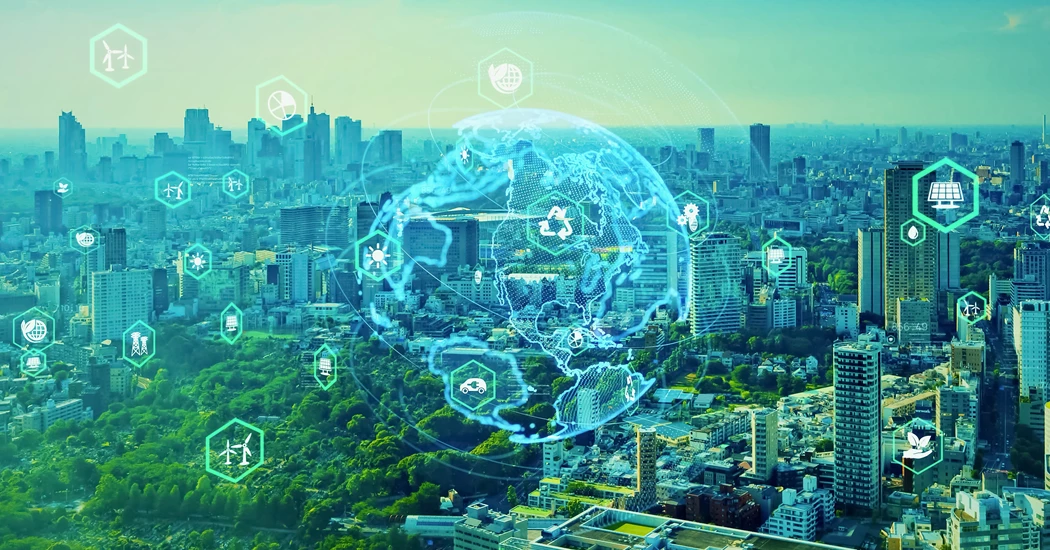Boosting profits and protecting the environment through energy efficiency
Energy efficiency is a powerful tool for organizations to cut costs, increase profits, ensure resilience, and reduce carbon emissions. The potential for efficiency improvements is immense, with companies able to reduce costs and emissions by 10 to 30 percent, depending on the industry.
Telecommunication companies, for instance, can spend between 20 and 40 percent of their network running costs on energy, making it a prime target for reductions. Even in retail, energy efficiency can yield significant dividends. For an average retailer, a 20 percent reduction in energy costs can enhance the bottom line as much as a 5 percent increase in sales.
The importance of energy efficiency in achieving net-zero carbon emissions will be a key discussion point at COP28, the UN Climate Conference starting on November 30. The topic is expected to be highlighted on day five during the session on energy and industry, and on day six at the session on the built environment.
To achieve optimal energy efficiency results, organizations need to integrate it into their operations. With recent technological advancements and better use of data and analytics, organizations can drive further savings and expedite their transition to net zero. This approach transforms energy efficiency from a program into an embedded capability.
Short to Medium-term Strategies
The first step in an efficiency program is to gather data and use analytics to gain a comprehensive view of energy use across buildings, processes, and fleets, and then identify anomalies and interventions.
In the medium term (1-2 years), businesses should focus on delivery, tracking continual improvements, and integrating energy efficiency decisions into automatic controls and processes. For instance, technology exists to constantly monitor heating, ventilation, and air conditioning to optimize its energy use.
The strategies to improve efficiency will vary by industry, but companies can consider the following areas:
- Buildings: Digital solutions can reduce energy use in office buildings, manufacturing facilities, and warehouses. Globally, 44 percent of CEOs believe technology will impact sustainability in their industry in the next 5 years.
- Transport: Electrification alone can increase fuel efficiency by over 70 percent.
- IT Operations: Only 7 percent of companies have fully integrated their sustainability and technology strategies. However, at the current growth rate, technology could contribute to 15% of global emissions by 2040. Interventions across the technology landscape can decrease energy demand.
- Customers: In certain industries, like banking and utilities, customer energy use far outweighs that in direct operations.
- Employees: Changing habits around heating, ventilation, air conditioning, and lighting can save up to 15 percent of energy use.
Long-term Outlook
While energy efficiency is a short- to medium-term activity, in the long term, businesses need to transform their energy sources.
Reducing demand is a significant step towards decarbonization and integrating sustainability into corporate culture. It provides a deep understanding of how, where, and when companies use energy, enabling them to switch to clean energy sources.
Understanding energy demand also allows for flexibility in energy use, enabling companies to incorporate a high percentage of variable renewables like wind and solar into their mix. The future clean, electrified economy will operate differently than today’s, and data-led energy efficiency is fundamental to creating that economy.
Energy Connects includes information by a variety of sources, such as contributing experts, external journalists and comments from attendees of our events, which may contain personal opinion of others. All opinions expressed are solely the views of the author(s) and do not necessarily reflect the opinions of Energy Connects, dmg events, its parent company DMGT or any affiliates of the same.
KEEPING THE ENERGY INDUSTRY CONNECTED
Subscribe to our newsletter and get the best of Energy Connects directly to your inbox each week.
By subscribing, you agree to the processing of your personal data by dmg events as described in the Privacy Policy.
















